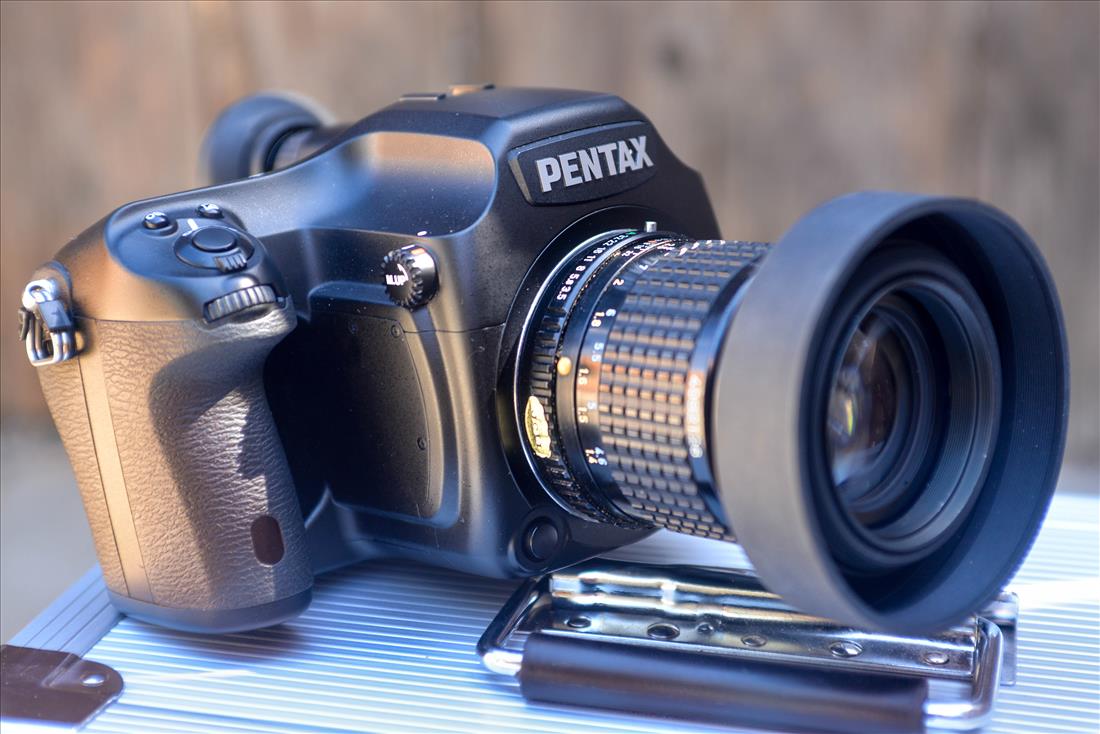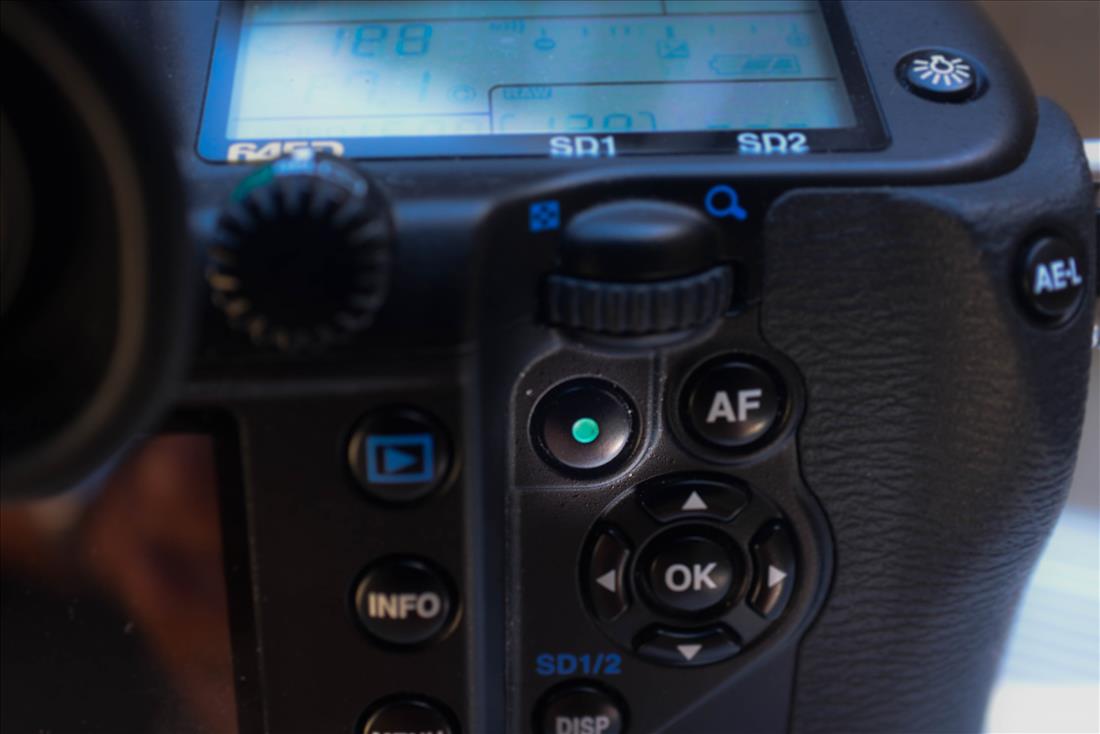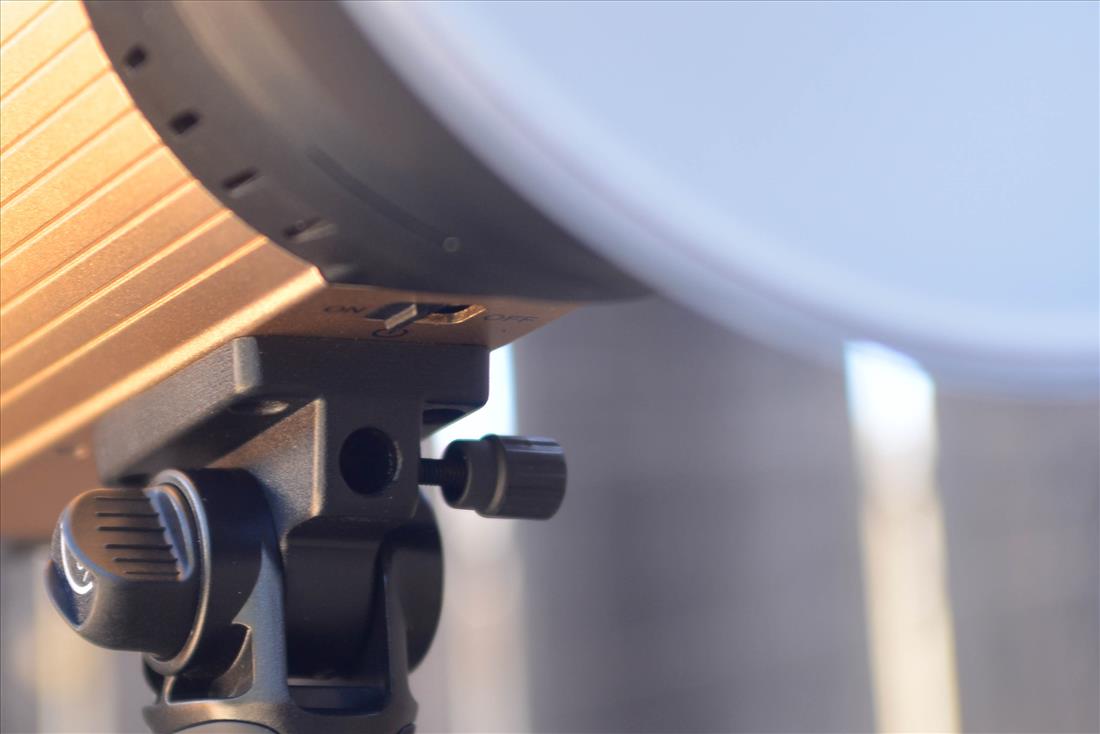
I wouldn’t normally write a full-scale product review,
especially of a well-known piece of equipment; but when researching my purchase
I found surprisingly few reviews of the Pentax 645D. The camera is already a generation old—the
impressive 645Z already garnering praise.
Recent price drops for the 645D suggest it’s about to be discontinued.
Typically, you wouldn’t write a review of a product about to vanish, either. In
this case, however, not only is the original model now available in the used
market at less than half the cost,
but I suspect it will attract a second-generation following that will endure
for another five years. And while a few
large websites and individuals have written (and uploaded video) reviews, I’m
also surprised by the number of specific features, advantages, and disadvantages
that have gone unmentioned. So my review
will be light on the general information available elsewhere, and focus on user
experience and some of the unique features, quirks, and considerations that
surprised me as a new owner.
This article should, in many
respects, be considered a “Preview.” I’ve shot just two sessions with the
camera so far-- a wedding (yes, my first camera-outing was an intensely
demanding wedding, something I would never recommend) and a
musician’s portrait. In both cases I
brought the 645D as my back-up, and between the two events I pressed the
shutter maybe 200 times. Total. So my experience with the camera is fledging.
One must always understand that
the camera, any camera, is a tool. Full
format DSLRs are remarkably versatile and designed to be almost identical in
terms of use and output—there’s little difference between top of the line
DSLRs-- so it’s not surprising that we forget that are tools designed for
specific uses. In this respect, it’s
better to conceive of the Pentax as a lens...
these we understand to have unique uses, strengths, and weaknesses. The Pentax 645D is designed to slow you down,
make you take fewer (and better) shots.
For a medium format it’s remarkably versatile, but it’s not the best
choice as your “go to” for weddings, sports, or events. In many of those situations the gorgeous
sensor would be wasted; you’d see little difference between your full-frame and
the 645D. But in certain situations the
images are a class above, and even the most mundane of subjects are transformed
into a painter’s still-life.
But to the details. And with 40MP there are details to spare.
Build, Specs, Et
Cetera
Much has been said about the Pentax 645D build, so I won’t
repeat others. Safe to say, it’s an
impressive, heavy, ergonomically-intelligent
piece of equipment. It fits nicely in my
hands, which are fairly large, and the heft helps to stabilize the
unit—something necessary because neither the 645D or its lenses come with image
stabilization. If you’re a
natural-low-light shooter, you should be aware of the lack of
stabilization. Despite the weight, the
645D is as comfortable to handle as my Nikon D600.
Operational Features of Note
The Green Button. My god, why haven’t Canon and Nikon adopted
this feature? This programmable button,
conveniently located near your thumb, can set the correct exposure
automatically. If you are in Manual mode
and adjust your aperture, for example, the shutter speed adjusts automatically
at the touch of a button. Or your ISO,
if you so choose. It’s an incredible
time-saver for manual mode shooters.

The ISO button is located right by
the shutter release where frankly it belongs.
My Nikon D600 (a lovely camera) has ridiculously placed the ISO button
in the lower left corner of the camera back.
As a part of the triangle of exposure, it should be where you can adjust
it as easily as your shutter and aperture.
The Exposure Compensation button sits right beside the Green Button in
its familiar place. Your AE and FL lock
buttons are smartly located on either side of your thumb. These are all great. I’m adjusting to the placement of the FL and
Green button so close to each other; with my eye to viewfinder my thumb
sometimes reaches to the wrong one.
What’s lacking? It would be great if there were at least a
couple of completely programmable buttons.
In my opinion, there’s no need for two
dedicated buttons to set the image file type/size for each of the card slots;
that should be in the menu. And on top
of that a button for RAW? I’ve yet to
figure out the value of that being at my fingertips. Typically, I set my image characteristics before a session and don’t adjust.
There’s plenty of real estate for buttons, so give us some other options.
Flash. Here is the 645D’s biggest shortcomings. First, its maximum sync speed is 125. This is actually a bit painful considering
the lowest ISO is 100-- and its native ISO is 200. It baffles the mind why they would cripple
the sync speed below the native
ISO. For those who want to over-power
the sun, don’t bother with your speedlight; you’ll need pull out a big strobe
and neutral density filter. To add salt
to the wound, there’s no ability to cancel the flash from the body. This is
important for people who want to set the ambient light levels before adding the
flash into the mix. Yes, it’s another
fine example of the camera telling you to slow down... turn off the flash at
the source... take your test shots, but really?
If you have multiple flashes in your set up, you’ll need to cancel each
one individually. I’ve programmed that function to my D600’s Preview Button.
Spot metering. This is the first camera I’ve owned with spot
metering so precise that you can use it for calculating exposure via the Zone
system. Point it at the brightest spot
and darkest and you can calculate the proper exposure. The spot metering area in my Nikon is too
large to do this well.
Depth of field button. I’ve never seen the value in this
button. Until now. I think part of my problem has been I’ve
always checked the depth of field when it’s shallow; you really see the
difference-- and can appreciate the utility-- when it’s deep. This is especially helpful with medium format
because you have so much more control over focus depth. This function can be mapped to your Off/On
switch: pull it farther to the right and the mirror pops up. The 645D also offers the option to view the
depth of field as an image on the LCD screen.
This, however, doesn’t seem much better than just taking a picture.
Viewfinder. If you’ve ready any reviews of the Pentax
645D you’ve heard it has a big, beautiful viewfinder. I won’t contradict this (though I think it’s
perhaps over-emphasized... if you have a good full-frame you probably won’t be
that impressed). The indicators in the
viewfinder, though, are quite good.
First, an underline appears under the values (shutter, aperture, ISO)
you can adjust in your current setting.
There’s a visual indicator-- and a beep-- when the image is in focus,
and a clear “*” when your AE lock is engaged.
Very easy to read and intuitive.
I sometimes judge the skill of a photographer by their ability to make
all of their adjustments with their eye to the viewfinder, and this one makes
that easy.
Buffer. Basically 1 image every second. That’s how fast you can shoot. Yes, this has been discussed extensively in
other reviews, and blogs, forums, and comment areas. Many people see this as a profound negative;
I see it as the camera’s way of saying slow
down.... Admittedly, it’s not good
for sports photographers and nerve-wracking for weddings, but there was a time
when professionals naturally worked at that speed and produced timeless
results. We need to learn to rely less
on spray-and-rely-on-the-odds and work diligently to hone our craft. It’s that kind of camera. No matter how you look at it, though, the
buffer speed will change the way you shoot and it’s important to consider.
Image write time. This, too, has also been touched upon in many
reviews but it’s important enough to mention:
it’s kind of a nuisance. Expect
to wait four seconds for an image to appear.
Then if you impatiently attempt to zoom in to check focus the image will
disappear. There’s an option that makes
it possible to zoom during image preview (and you can do it in “play” mode of
course), but it lengthens the write time.
Like the buffer speed, the image write time will also change the way you
shoot because there’s no quick check or sharing with your subject.
Shutter life. This disturbs quite a few people, myself
included. The estimated shutter life of
the Pentax 645D is 50,000. Compare that
to the average professional DSLR which has a shutter life of 150,000. That’s a big difference, given how much more
you’re paying for the camera. In all
honesty, I’ve never reached 50,000 on a camera before selling it. Admittedly, this is the first year I’ve shot
as a full on “career professional” so I’m racking up the shutter count, but I
still expect 50,000 to be a five year endeavor on my primary camera, the Nikon
D600. And replacing the shutter
mechanism isn’t the same as replacing the camera. The Pentax asks you to be more thoughtful, to
slow down. There’s no
five-frames-per-second option. I expect
that 50,000 tombstone will take me seven years or more. Others will get there quicker, either because
their work is more demanding or their style less respectful of the camera’s
quiet request. Shutter life is something
to consider. Two months into my
experience as a “career professional,” devoted to making money at my craft, I
decided I needed to take fewer images per session in order to really master my craft. I made my decision independent of
Pentax. The 645D just reinforces it.
Lenses. Unless you already own one of the film
versions of the Pentax 645, you’ll need to factor in a new set of lenses. The good news is beautiful, manual focus
versions of the Pentax 645 lens series are available for a song, many of them
under $250. The camera beeps and flashes when you’re in focus, so there’s not a
huge difference between the manual and auto capabilities. Auto focus lenses get pricey quickly, but you
can acquire a range of very good lenses for about $400 each. Top of the line lenses are like any other
brand... in the thousands. The other
good thing about Pentax lenses? They
didn’t make that many different types.
Three or four lenses and you’re set (I’ve got eight Nikon lenses in my
drawer, half of which I don’t use).
Performance Issues
Image Quality & Sensor Size. Much has been
written on this subject as well. Medium format images are, at times, quite
similar to full frame images. In other
circumstances they take on a quality that cannot be produced by a smaller
sensor or recreated in Photoshop. The
sensor in the Pentax 645D is smaller than a traditional 645 format, and it’s
the smallest of the medium sensor formats.
Several expensive medium format camera’s use the same sensor. Some photographers who are obsessed with the physical size of the Pentax 645D sensor
incorrectly assert that the Pentax isn’t big enough to make a real
difference. I say let them stick to
their theoretical guns. In reality, the
quality difference is easy to see in the 645D and as dramatic as the leap as
transitioning from a crop sensor to a full frame.
ISO. The maximum ISO is 1600. Compared to the newest DSLRs, this is low
(compared to film, frankly I never shot above 400). However, only in the worst of pinches would I
set my Nikon D600 above 2000 because there’s just too much noise for a
professional image. Above 2000 I’m
essentially committing to either a “documentary” color image or an art
Black-and-White. Or a 4x6 print that
could have been taken by Aunt Sally due to the grain (or blur from noise
reduction) and compressed dynamic range.
While the Pentax isn’t more sensitive than 1600, the noise it creates at
that ISO is comparable to the noise my Nikon produces at 1,000. That’s pretty awesome. It also opens up the
possibility of underexposing the image at ISO 1600 and correcting in post.
Street photography,
sports, and events. These three have
a common need for quick, spontaneous image taking. I’ve been upfront about the Pentax as a
camera designed to slow you down, but it’s not as simple as that. Certain features, like the Green Button,
speed up the process. In my opinion you can use the 645D for
street photography, but the camera draws a lot of attention. It’s big, eye-catching. And on a per-image basis, comparatively
expensive to shoot. Remember, you only have 50,000 shutter actuations on a
camera that goes for $6K new. You don’t
want to waste those on blurry, poorly composed street images, so it’s a
thinking-photographer’s street tool.
Sports: I wouldn’t. It’s just not fast enough. Events: Yes, keeping in mind the same
considerations you would have in shooting on the street.
Conclusions
If the images are both dramatic
and sometimes indistinguishable from a full frame DSLR, who is this camera
for?
At $10,000 I would have found that
a difficult question.
Currently, though,
the 645D is selling at $6K new, $4.5K used.
A Nikon D810 costs $3,300 new and a used D800 runs about $2.4K.
There’s a significant price difference
between the two, but also a significant difference as
tools.
Previously, I used a
Nikon D7000 as my back-up camera.
A
decent choice—the D700 is a small step down in image quality but still
professional.
However, unless my D600
tanked during a session, it would never come out.
And the D600 never tanked.
I purchased my Pentax for $4K with under
5,000 shutter actuations.
As a back-up
the Pentax risky because it can’t do everything the D600 can.
Or at least not as easily.
But it also comes out during my sessions to
add value to the work I am creating, something the D7000 never did; it was a
$1200 insurance policy.
Right now, at
the current price point, the Pentax 645D is a good choice for a professional
who wants to expand into medium format images.
I would not choose the 645D as my sole camera as a professional (well,
maybe if I was
a wealthy amateur)... unless I was a
professional landscape photographer. For
other types of photography it doesn’t have the required versatility. As a second camera-- which all professionals
must have-- it’s a choice that enhances your toolbox.











